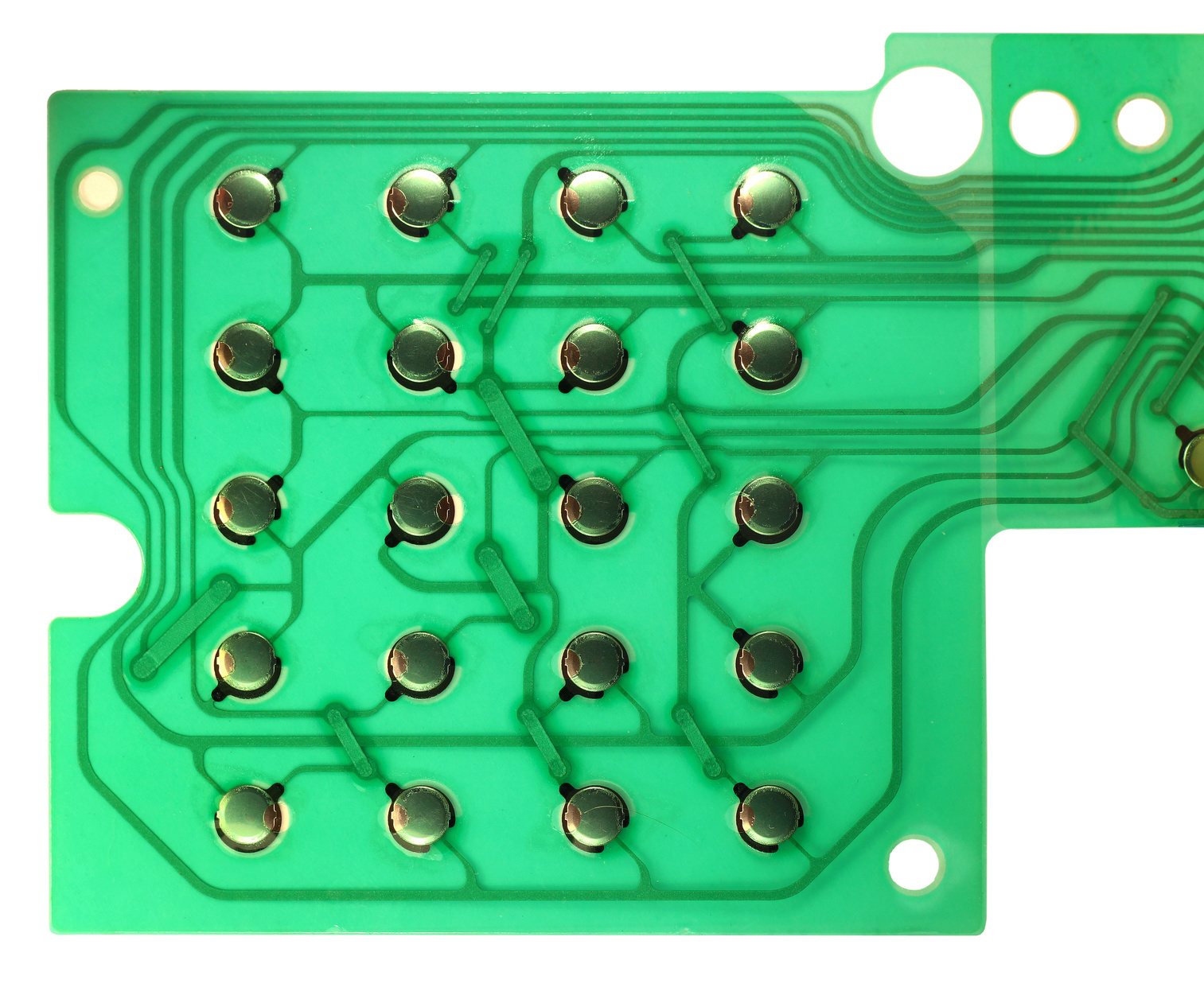The Full Overview to Membrane Switch Technology and Its Applications
The Full Overview to Membrane Switch Technology and Its Applications
Blog Article
Recognizing the Functionality of Membrane Layer Switches Over for User Interface Devices
The performance of membrane layer changes represents a considerable advancement in interface layout, incorporating effectiveness with aesthetic adaptability. These buttons operate via a multi-layered structure that converts customer interactions right into electric signals, permitting for both small formats and strength against environmental elements. As industries progressively focus on customer experience, comprehending the subtleties of membrane layer switch technology comes to be vital. What effects do these advancements hold for future applications, and exactly how might they redefine user interactions throughout numerous tools?
What Are Membrane Layer Switches?
Membrane layer buttons are ingenious user interface tools that facilitate individual interaction with digital tools. These versatile components contain multiple layers, consisting of a graphic overlay, spacer, and a published circuit layer. The layout enables a smooth integration right into numerous digital gadgets, improving both the visual and useful facets of interface.
Membrane buttons are generally utilized in a large range of applications, from family appliances to industrial equipment and medical tools. Their building generally includes a thin profile, making them a suitable choice for compact styles. The tactile responses provided by these buttons can be engineered to fulfill certain individual choices, ensuring effective interaction between the user and the tool.
Resilience is another considerable benefit of membrane layer switches, as they are resistant to dust, moisture, and chemicals, which improves their lifespan popular settings. In addition, these switches can be personalized in terms of form, dimension, and graphic layout, permitting for branding and user-specific functions. On the whole, membrane changes stand for a useful remedy for enhancing user experience in digital gadgets, combining performance with aesthetic allure in an effective way.
How Membrane Layer Switches Work
Operating on a straightforward concept, membrane layer changes use a split construction to sign up customer input effectively. Each switch includes numerous layers, consisting of a published circuit layer, a spacer layer, and a leading graphic layer, which are created to collaborate seamlessly. When a user presses the top layer, it presses the spacer layer, bringing the conductive components of the circuit layer into call with each other.
This get in touch with produces a closed circuit, signaling the tool to execute a specific feature. The design permits for different setups, consisting of tactile feedback, which can improve the user experience by offering a physical experience upon activation. The products used in membrane switches usually include adaptable substratums, such as polyester or polycarbonate, which make sure sturdiness and resilience versus damage.

Trick Benefits of Membrane Layer Buttons

An additional considerable advantage is their density. Membrane buttons are slim and lightweight, which makes it possible for producers to save area in their gadgets without compromising performance. This feature is specifically helpful in applications where weight and quantity are crucial factors to consider.
Additionally, membrane layer buttons are resistant to dirt, dampness, and chemicals, enhancing their durability. This strength extends their life expectancy and minimizes the need for regular replacements, causing price savings with time.
Furthermore, the tactile comments provided by membrane layer buttons can be optimized to enhance individual communication. They can include functions such as elevated buttons or audible clicks, improving functionality and customer experience.
Applications Across Industries
Interface devices using membrane switches prevail in a visit here large range of markets, showcasing their flexibility and performance. Membrane Switch. In the clinical field, membrane switches are essential to gadgets such as analysis tools and person tracking systems, where their longevity and ease of cleaning are important for preserving health criteria. In the auto sector, these buttons are utilized in control panel controls and infomercial systems, providing a streamlined and modern interface for users.
Furthermore, the customer electronic devices industry gain from membrane layer switches in devices and portable gadgets, where portable style and user-friendly user interfaces boost individual experience. Industrial applications additionally utilize membrane layer changes for control panels in machinery and automation systems, highlighting their robustness and resistance to rough atmospheres.
In the aerospace and defense industries, membrane switches are used in cockpit controls and tools, where reliability and efficiency under severe conditions are paramount. In addition, the video gaming industry progressively incorporates membrane layer buttons in controllers and arcade machines, contributing to an appealing individual experience. Generally, the convenience of membrane layer switches over allows their widespread usage across many fields, highlighting their significance in modern customer interface design.
Future Trends in Membrane Layer Switch Modern Technology

Furthermore, the Read More Here use of innovative materials, such as polycarbonate and polyester films, is expected to climb, providing enhanced longevity and resistance to ecological stress factors. These materials add to the total long life of membrane layer switches, making them suitable for harsher commercial applications.
In addition, the unification of smart innovation, including IoT connectivity, will enable membrane buttons to connect with various other devices and systems, helping with pop over to these guys a much more interactive user experience. This trend straightens with the growing demand for clever tools across various industries, from health care to consumer electronics.
Last but not least, customization choices are anticipated to expand, enabling producers to create bespoke solutions customized to specific customer needs and preferences. These advancements will certainly place membrane buttons as vital components in the development of interface technology.
Verdict
In conclusion, membrane changes stand for a critical development in user interface modern technology, using a trusted and functional remedy for diverse electronic applications. As developments in product scientific research and touch noticing modern technologies proceed, the functionality and applicability of membrane switches are anticipated to expand, enhancing their value in modern electronic devices.
Report this page